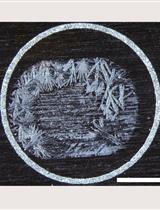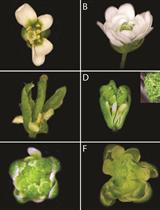- Protocols
- Articles and Issues
- About
- Become a Reviewer
Past Issue in 2017
Volume: 7, Issue: 19
Biochemistry
Protein Expression and Purification of the Hsp90-Cdc37-Cdk4 Kinase Complex from Saccharomyces cerevisiae
Cell Biology
DQ-Red BSA Trafficking Assay in Cultured Cells to Assess Cargo Delivery to Lysosomes
Scanning Electron Microscopy of Motile Male Gametes of Land Plants
Microbiology
Quantification of Densities of Bacterial Endosymbionts of Insects by Real-time PCR
A Flow-assay for Farnesol Removal from Adherent Candida albicans Cultures
Molecular Biology
Generation of Caenorhabditis elegans Transgenic Animals by DNA Microinjection
Accurate, Streamlined Analysis of mRNA Translation by Sucrose Gradient Fractionation
Protocol for Construction of a Tunable CRISPR Interference (tCRISPRi) Strain for Escherichia coli
Neuroscience
Preparation of Teased Nerve Fibers from Rat Sciatic Nerve
Plant Science
Xanthomonas oryzae pv. oryzae Inoculation and Growth Rate on Rice by Leaf Clipping Method
Ensifer-mediated Arabidopsis thaliana Root Transformation (E-ART): A Protocol to Analyse the Factors that Support Ensifer-mediated Transformation (EMT) of Plant Cells
Large-scale Maize Seedling Infection with Exserohilum turcicum in the Greenhouse
Transmission Electron Microscopy of Centrioles, Basal Bodies and Flagella in Motile Male Gametes of Land Plants
Scanning Electron Microscope (SEM) Imaging to Determine Inflorescence Initiation and Development in Olive
Analysis of Xyloglucan Composition in Arabidopsis Leaves


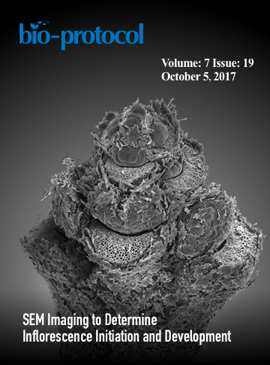
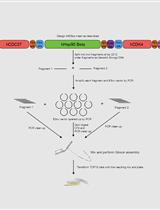


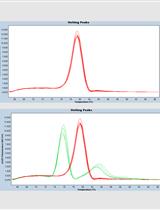

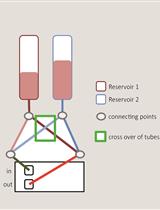

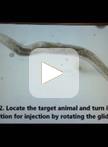


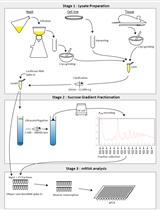

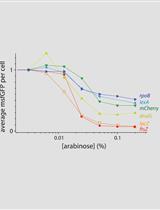
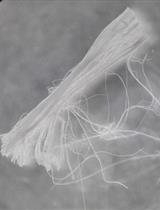
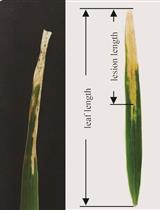

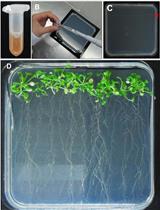


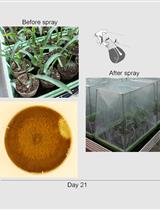
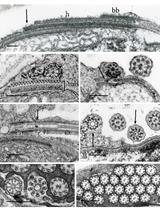
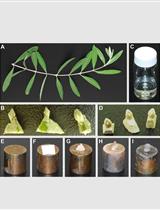
.jpg)
